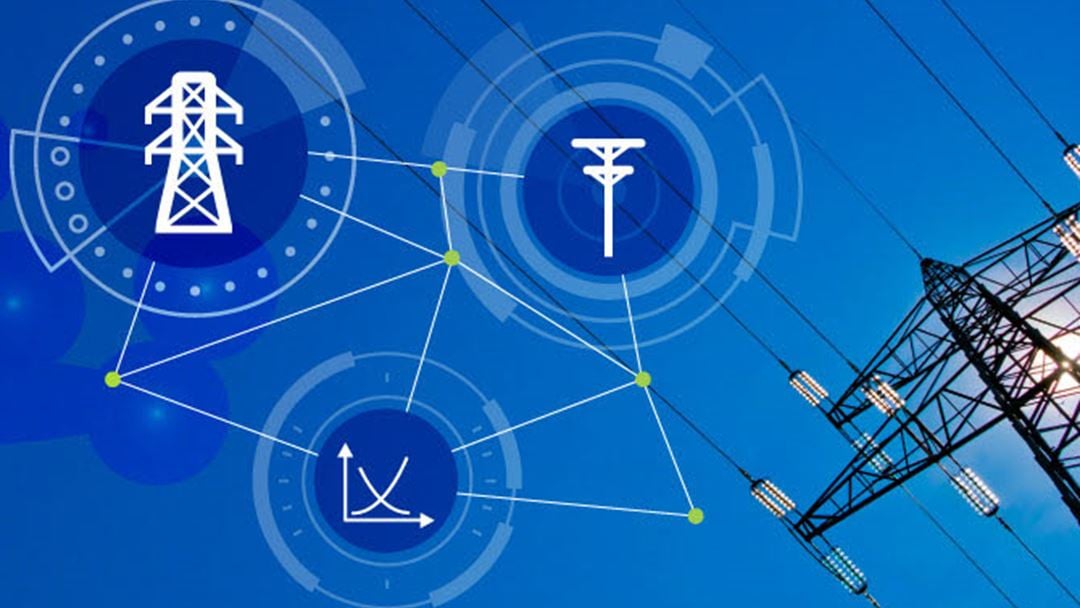Information exchange DSO-TSO
There has been some activities focusing on required information exchange, related to DSO-TSO interaction.
A literature review was performed which documented the technical aspects of DSO-TSO interactions, for instance related to information exchange [1]. The literature review studied technical and practical approaches for defining DSO-TSO interaction schemes.
Several organizations, for instance ENTSO-E, have established working groups to investigate future DSO-TSO roles and responsibilities, data management and so on. Agreeing upon joint information exchange procedures, where sufficient information is shared with cybersecurity aspects maintained, will facilitate the energy transition, such as increased renewable energy source (RES) penetration and electrification of energy end-use.
The level of information exchange needs in terms of data size, data type, area coverage and frequency, however, is not yet clearly defined. The EU Commission Regulation 2017/1485, which is the guiding document for national grid codes, encourages TSO-DSO coordination in operational planning and leave it to the national grid codes to define the details. In [2], a novel TSO-DSO operational coordination use case in utilizing reactive power resources for voltage regulation is tested in a realistic cyber-physical laboratory setup. Different levels of equivalent models for the distribution network are assessed for their sufficiency and impact.
Selected publications from CINELDI:
- M. Z. Degefa, “Review of DSO-TSO interactions: The technical aspects,” SINTEF Energy Research, CINELDI Internal (memo), Dec. 2018.
- M. Z. Degefa, H. Lundkvist, S. Sanchez-Acevedo, and K. N. Gregertsen, "Challenges of TSO-DSO Voltage Regulation Under Real-Time Data Exchange Paradigm," IEEE Open Journal of the Industrial Electronics Society, 4, pp.75-84, 2023.

